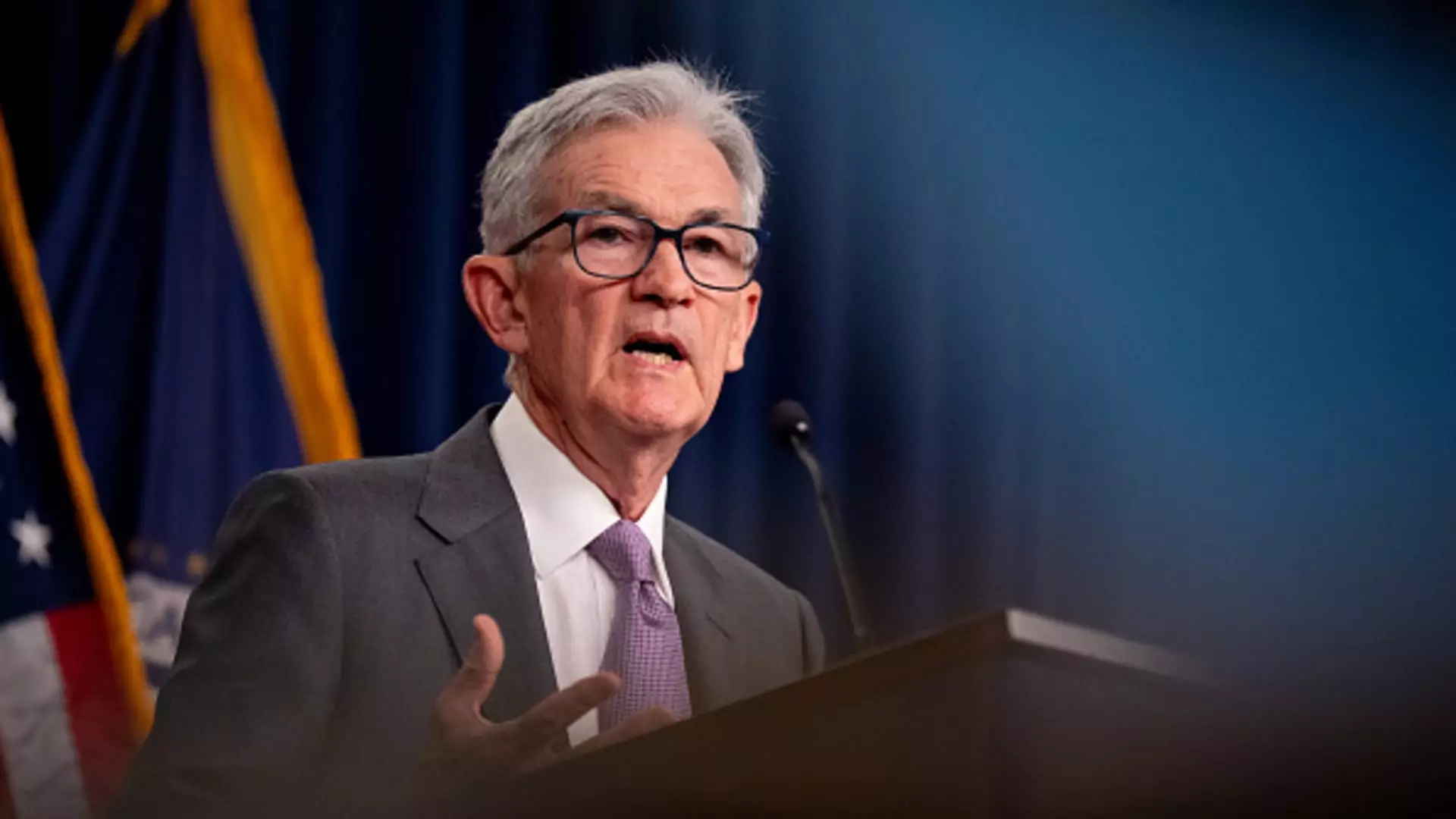Federal Reserve Chair Jerome Powell recently delivered a keynote address at the Fed’s annual retreat, hinting at potential interest rate cuts in the future. While he emphasized the need for policy adjustment, he refrained from providing specific details on the timing or extent of these cuts. Powell emphasized that the decision to reduce rates would be based on incoming data, the evolving economic outlook, and the balance of risks.
During his speech, Powell reflected on the factors that led to aggressive rate hikes between March 2022 and July 2023 in response to rising inflation. He noted that inflation has since declined significantly, and the labor market is no longer overheated. The focus now shifts to ensuring full employment while maintaining price stability. Powell highlighted the normalization of supply constraints and the changing balance of risks to the economy.
Following Powell’s speech, stocks surged while Treasury yields dropped sharply. Traders anticipate at least a quarter percentage point rate cut in September, with some raising the odds of a potential half-point reduction. Market observers view Powell’s remarks as a signal of a transition from an inflation-focused approach to a broader economic strategy that encompasses employment concerns.
Despite inflation hovering around the Fed’s 2% target, it remains above the desired level. The unemployment rate has been gradually rising, reflecting more individuals entering the workforce rather than layoffs or deteriorating labor market conditions. Powell underscored the importance of maintaining price stability and fostering a strong labor market to avoid past disinflationary episodes.
While markets anticipate a rate cut in September, Powell did not provide definitive timing for the policy adjustment. However, minutes from the previous open market committee meeting indicate a consensus among officials for a potential September cut. Powell’s dovish stance suggests a willingness to act decisively to support economic growth and prevent a sharp downturn.
Powell dedicated a substantial portion of his speech to evaluating the factors behind the recent surge in inflation, the Fed’s policy decisions, and the subsequent easing of price pressures. He acknowledged the global nature of inflationary pressures stemming from increased demand for goods, disrupted supply chains, tight labor markets, and rising commodity prices. The Fed’s actions to restore price stability contributed to anchoring inflation expectations and facilitating disinflation without causing excessive economic slack.
Powell emphasized the importance of learning from recent economic events and adapting policy strategies accordingly. While he provided insights into the Fed’s response to inflation and employment challenges, he acknowledged that there is still much to understand and evaluate. Moving forward, it will be crucial to monitor economic indicators, respond promptly to changing conditions, and maintain a balanced approach to monetary policy.

